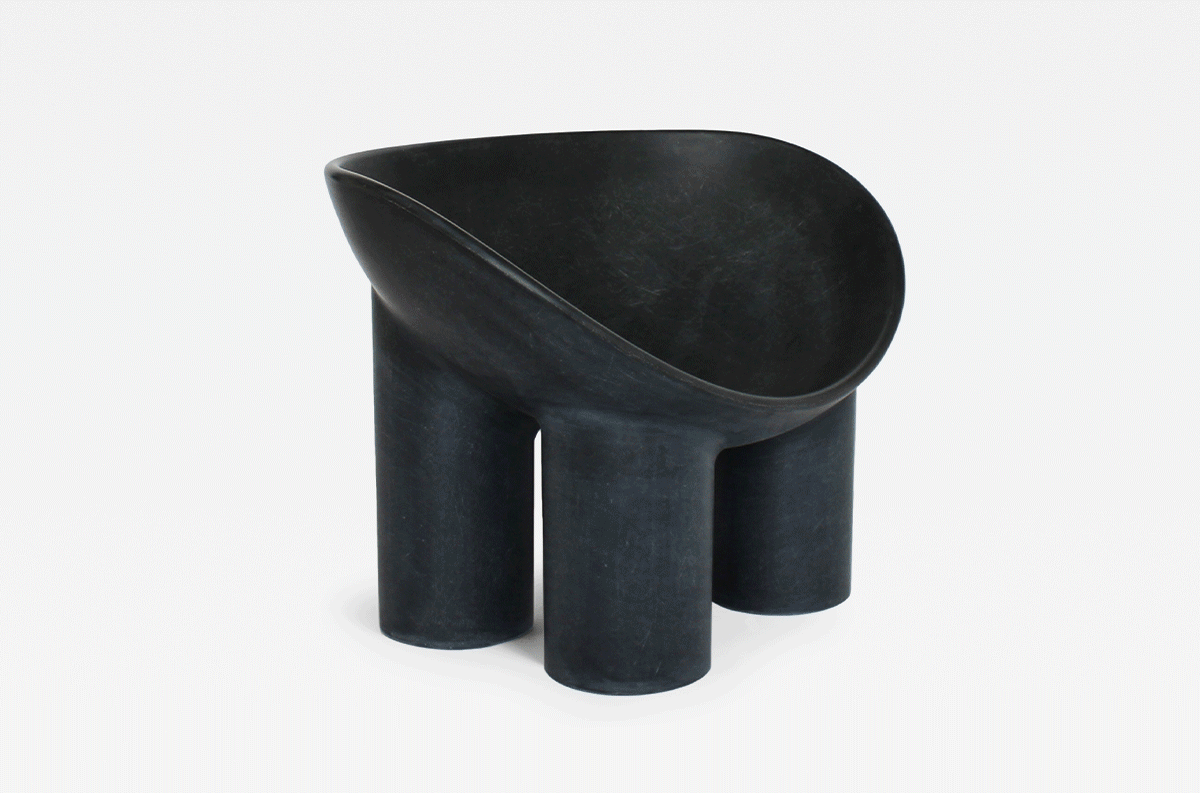When Ray and Charles Eames’s “La Chaise” won the Museum of Modern Art’s International Competition for Low-Cost Furniture in 1949, the announcement only cited his name as the author. This was, and is, wholly untrue. Throughout their lifetime, the husband-wife pair collaborated as equals, their ideas about form and function forever fused together in iconic designs such as their office furniture for Herman Miller. “La Chaise” was both of theirs. Yet Ray was omitted, her credit a casualty of a patriarchal period where a man’s talents took professional precedence.
72 years later, however, a new book makes some historical revisions.
Woman Made: Great Women Designers, published today by Phaidon with support from Kering, shines a spotlight on the pioneering—and oft overlooked—female makers of the 20th and early 21st centuries. There’s Anni Albers, a Bauhaus textile artist (the women-dominated weaving sector, by the way, was the German school’s most profitable department), Jane Dillion, a former color consultant for Memphis Design’s Ettore Sottsass who embraced a newly-developed hue of hot pink in her 1960s creations, and Noémi Raymond, who helped define the Japanese modernist movement with her more than 300 projects in the country. Author Jane Hall juxtaposes a short biography of each woman with an example of her work. It’s beautiful but bittersweet: by reading about and seeing their exceptional creations, the reader must grapple with a slight lingering sadness over their lack of public recognition.
But it’s also a book that’s equally about the present as the past. Woman Made also highlights modern makers like Faye Toogood, or Hella Jongerius, who have achieved mass critical success. (They face a different set of challenges than their predecessors, and often fight against their designs being put into a gendered, binary box: “Regrettably I do think there are times I have missed out on larger commissions due to us being a female-led practice, but this is happily not the norm,” Toogood says in a Q&A shared with Vogue. “What I do find frustrating and what I tend to shy away from is conversation around gender when it comes to my own work as I don’t believe gender is relevant in today’s society.”)
There’s also a wide geographic diversity, acknowledging how Euro and Western-centrism often gatekeeps great global design. (Get ready to be wowed by Jay Sae Jung Oh’s Savage Sofa, or Mentalla Said and Jumana Taha Said’s Hizz Rocking Chair.)
“I hope that readers are encouraged to think more expansively about both gender and design, questioning a received history that is shaped by a patriarchal culture, particularly in the West,” Jane Hall, the book’s author, tells Vogue. “I also hope that the book effectively draws attention to young designers who are fostering a contemporary approach to craft and materiality in parts of the world traditionally overlooked by design culture but where exciting things are happening.”)
Phaidon and Kering also will digitize the book through a website called "The Woman Made" so anyone, anywhere, can education themselves on these designers. It will also highlight emerging artists.
Woman Made will also act as a launchpad for a Women in Motion Design Scholarship, a 25,000 grant that will be awarded to a female product, furniture, textile, or lighting designer currently enrolled in a United States university. May the next generation of Ray Eameses always get their due.
